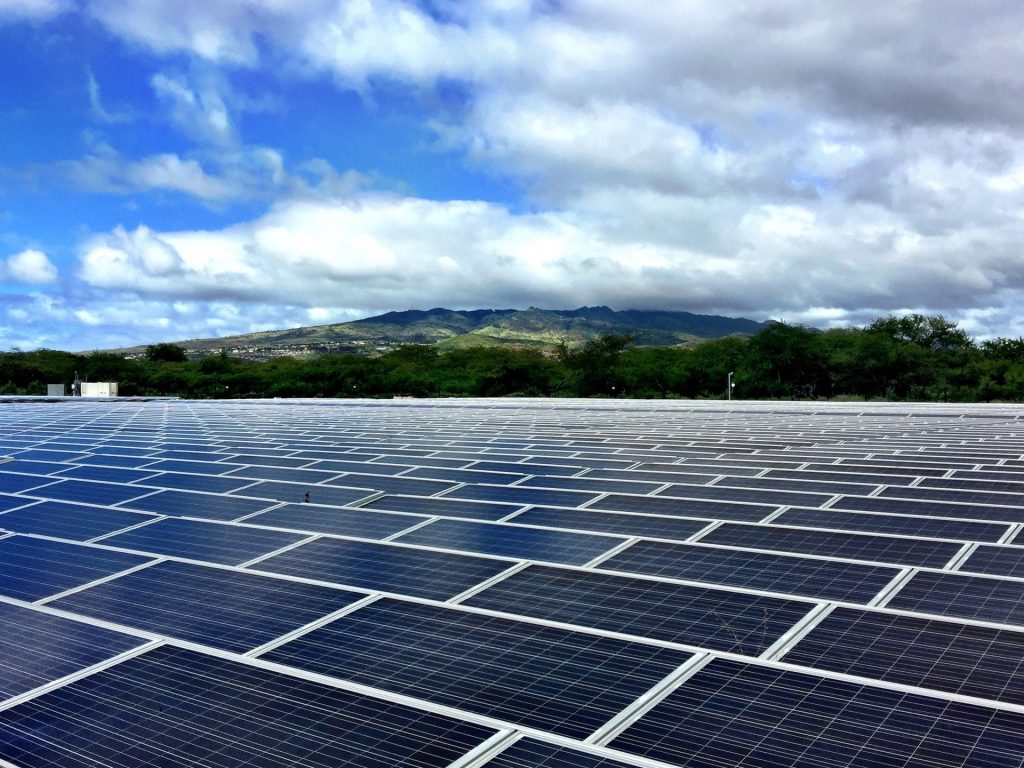Investing in rooftop solar panels is a significant decision that can lead to long-term savings and environmental benefits. To ensure that your investment is worthwhile, it’s crucial to evaluate the return on investment (ROI) for your solar system. ROI measures the financial benefits you gain from installing solar panels relative to the cost of the installation. This guide will help you understand how to calculate and evaluate the ROI of rooftop solar panels, with insights into how Finray Solar can support you throughout the process.
1. Understand the Components of ROI
Evaluating the ROI of rooftop solar panels involves analyzing several key components. Understanding these components will help you accurately assess the financial benefits of your solar investment.
Key Components:
- Initial Cost: This includes the total expenditure for purchasing and installing the solar panels, inverter, mounting hardware, and other necessary components. Installation costs and any additional fees such as permits or inspections should also be considered.
- Energy Savings: Calculate the amount of money saved on your electricity bills due to the energy generated by your solar panels. This will be influenced by your local utility rates and the amount of energy your system produces.
- Incentives and Rebates: Many regions offer financial incentives, tax credits, or rebates for installing solar panels. These can significantly reduce the upfront cost of your system and improve your ROI.
- Maintenance Costs: While solar panels generally require minimal maintenance, there may be occasional costs for cleaning, repairs, or system checks.
Finray Solar provides comprehensive information on solar panel costs and available incentives, helping you understand and optimize your investment.
2. Calculate the Total Cost of Installation
To evaluate the ROI, you first need to determine the total cost of installing your rooftop solar system. This involves several factors:
a) Cost of Solar Panels: The cost of the solar panels themselves is a major component. Prices can vary based on the type and efficiency of the panels. High-efficiency panels generally cost more but provide greater energy output.
b) Inverter Cost: The inverter converts DC electricity from the panels into AC electricity for use in your home. The cost of the inverter can vary depending on its type and capacity.
c) Installation and Labor Costs: Installation costs include labor, mounting hardware, and any modifications needed for your roof. These costs can vary based on the complexity of the installation and local labor rates.
d) Permits and Inspection Fees: Depending on your location, you may need permits or inspections, which can add to the overall cost.
Finray Solar offers detailed breakdowns of installation costs and can help you estimate the total expense of your solar system.
3. Estimate Your Energy Savings
Energy savings are a critical factor in determining ROI. To estimate these savings, follow these steps:
a) Determine Your Current Energy Usage: Review your electricity bills to understand your average monthly and annual energy consumption. This will provide a baseline for comparing your potential savings.
b) Calculate Solar Energy Production: Estimate the amount of electricity your solar panels will generate. This depends on factors such as the size of your system, the efficiency of the panels, and the amount of sunlight your location receives.
c) Compare with Utility Rates: Calculate how much you would save on your electricity bills by comparing the cost of energy from your utility company with the amount of energy produced by your solar system.
d) Consider Net Metering: If your region offers net metering, you may earn credits for excess energy generated by your solar panels and fed back into the grid. This can further enhance your savings.
Finray Solar provides tools and resources to help you estimate energy production and savings, ensuring you get an accurate picture of the financial benefits.
4. Factor in Incentives and Rebates
Government incentives, tax credits, and rebates can significantly impact the ROI of your solar investment. These financial benefits can reduce the upfront cost of your system and improve your overall return.
Types of Incentives:
- Federal Tax Credits: Many regions offer tax credits for a percentage of the cost of your solar installation. This credit can offset a substantial portion of your expenses.
- State and Local Rebates: Some states and municipalities offer additional rebates or incentives for solar installations, such as cash rebates or property tax exemptions.
- Renewable Energy Certificates (RECs): In some areas, you can earn RECs for producing solar energy, which can be sold or used to offset costs.
Finray Solar can help you navigate available incentives and rebates, maximizing your financial benefits and improving your ROI.
5. Calculate Payback Period and ROI
The payback period is the time it takes for your energy savings to equal the initial cost of your solar system. Calculating the payback period and ROI will help you assess the financial viability of your investment.
a) Calculate the Payback Period:
Payback Period=Total Installation Cost−Incentives and RebatesAnnual Energy Savings\text{Payback Period} = \frac{\text{Total Installation Cost} – \text{Incentives and Rebates}}{\text{Annual Energy Savings}}
This formula provides an estimate of how many years it will take to recoup your investment through energy savings.
b) Calculate ROI:
ROI=Total Savings Over System Lifetime−Total Installation CostTotal Installation Cost×100\text{ROI} = \frac{\text{Total Savings Over System Lifetime} – \text{Total Installation Cost}}{\text{Total Installation Cost}} \times 100
This formula calculates the percentage return on your investment over the lifetime of the solar system.
Finray Solar offers tools and expert advice to help you calculate payback periods and ROI, providing a clear understanding of your investment’s performance.
6. Evaluate Long-Term Benefits
In addition to immediate financial returns, consider the long-term benefits of your solar investment:
a) Energy Independence: Solar panels can reduce your reliance on the grid, providing a stable and predictable energy source.
b) Increased Property Value: Homes with solar installations often have higher property values, which can enhance your investment’s overall return if you decide to sell.
c) Environmental Impact: Solar panels reduce your carbon footprint and contribute to a cleaner environment, providing non-financial benefits that are important to many homeowners.
Finray Solar emphasizes the long-term benefits of solar energy, helping you appreciate the broader impact of your investment.
7. Monitor and Optimize Performance
Ongoing monitoring and optimization of your solar system can enhance its performance and ROI. Regularly check the performance of your panels, address any maintenance issues, and make adjustments as needed to maximize energy production.
Tips for Monitoring:
- Use Monitoring Tools: Many solar systems come with monitoring tools that provide real-time data on energy production and system performance.
- Schedule Regular Maintenance: Periodic inspections and maintenance can prevent issues and ensure your system operates efficiently.
- Stay Informed: Keep up with advancements in solar technology and incentives that may further benefit your investment.
Finray Solar offers monitoring services and ongoing support to help you maintain and optimize your solar system for the best possible ROI.
Conclusion
Evaluating the ROI of rooftop solar panels involves understanding the total cost of installation, estimating energy savings, factoring in incentives, and calculating payback periods and ROI. By considering both financial and non-financial benefits, you can make an informed decision about your solar investment.




